By Rob Kesselring
A crusty canoeist sat in front of his campfire and proclaimed: “Mines, lodges, lumber, pulp, vacation homes, roads, float planes, jet skis, hot tubs, drill baby drill, bah! It is easier to pull a bull moose through the grommet on a tarp than to find a wealthy man who truly supports keeping things wild up here.” If the old camper knew the history of Quetico-Superior region, he would not have made that remark.
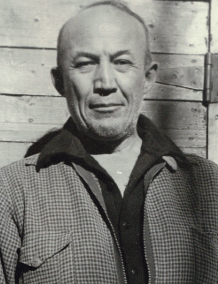
The landscape of northeast Minnesota would look different today if not for the efforts of a Harvard educated, Chicago lawyer by the name of Frank Hubachek. Born in 1894 to parents of means and influence, Hubachek spent his boyhood holidays in northern Minnesota and learned at a young age the need to experience nature in unspoiled, unfenced settings. It may be tempting to assume that rich people don’t get their hands dirty, that Hubachek’s support was purely financial or legal and that the real firebrands of the wilderness preservation effort were the likes of Ernest Oberholtzer and Sigurd Olson, but you would be wrong. Hubachek was right in the thick of it, an outspoken advocate, a fighter, even when threatened with arson and violence to his family, even when the opposition pressured Hubachek’s business clients to shun him and even when the success of his efforts would mean giving up his beloved camp complex on Basswood Lake. He was a man of integrity, energy, generosity, humility, and foresight. And, in fact, with his creation of the Wilderness Research Center and funds from its ongoing endowment, Hubachek’s positive impact on the Quetico-Superior region continues to this day.
To understand the passion of Hubachek you have to imagine a man who interrupted his university studies to enlist in the French infantry and fight the Germans in World War I. After the Americans entered the war he volunteered to become one of the first pilots of the U.S. Navy’s twin-engine flying boats. His courage was shared by his sister, Mary Reynolds, who moved to Paris after her husband died in the war and became an independent woman at the center of the Surrealist movement. Later, when Nazi Germany occupied Paris, Reynolds remained in the city, actively supporting the French Resistance until she was discovered. Reynolds made her escape by hiking across the Pyrenees just an eyeblink ahead of the Gestapo. The pugilistic, stand tough, attitude of the Hubacheks was just what the wilderness cause needed to fight the shortsighted interest of industrialists and developers typified by Edward Backus.
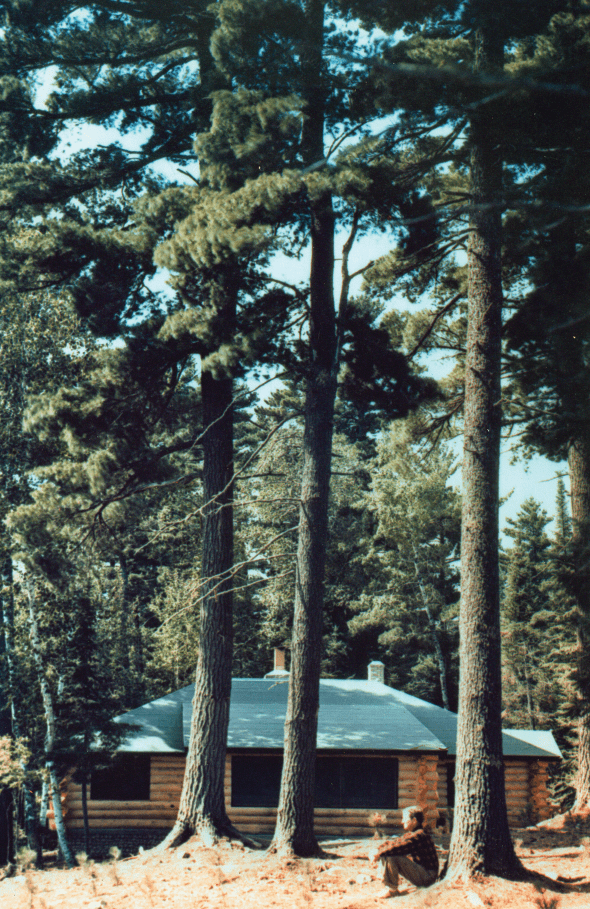
Hubachek’s courage, blended with his legal knowledge and financial resources, made him and his law partner, Charlie Kelly, a powerful force in the formation of the Quetico-Superior Council in 1925 which led to the passage of the Shipstead-Newton-Nolan Act of 1930; it was the real beginning of a special level of protection for the area we call the BWCAW today. Hubachek’s involvement in the preservation of the Quetico-Superior wilderness continued throughout his life.
Hubachek was an avid canoeist, hunter and outdoorsman frequently traveling the wilderness of northern Minnesota by canoe and snowshoe sometimes accompanied by an Ojibwa friend and guide. On a fishing trip in 1936 Hubachek was alarmed by the news that a lumber company was planning to clear-cut one of the last stands of old-growth timber on the shores of Basswood Lake. Hubachek immediately paid top dollar and bought the tract of land, which was to become the site of his lodge and the Wilderness Research Center. Hubachek once said, “There is a deep satisfaction in planting the seeds to nourish another generation.” That could be seen as a metaphor to his efforts to help set aside and protect the wilderness but the quote could also be taken literally. Hubachek and his crew planted over 500,000 trees, mostly red pine, on the shores and in the vicinity of Basswood Lake. Canoeists who enjoy some of these towering trees today, those that were spared from the epic blowdown, often mistake them for
“virgin” growth. Politically Hubachek persevered, working to pass bills to restrict air travel into the wilderness and to eliminate inholdings – including his own property! By the early 1970’s, Hubachek had donated over 2,700 acres of land to the Forest Service making him, at that time, the largest private individual land donor ever. As Frank Hubachek aged, his son Bill and daughter Midge continued their father’s wilderness mission. They have both been active in conservation initiatives and taken a half-century of annual Quetico-BWCAW canoe trips. They too have been generous donors on both sides of the international border.
The origin of the Wilderness Research Center began shortly after Hubachek acquired property on Basswood Lake. His interest in reforestation, his enthusiasm for science and his generous hospitality attracted university professors to visit. Hubachek had hired a crew of Finns to build log cabins, a mess hall and a sauna. He created a marvelous retreat far from the cities and the madding crowds. At this time, although still remote from the highway network, there were more than a dozen commercial lodges on Basswood Lake and several private cabins, double-decker houseboats and outpost camps. Hubachek’s place was elegantly rustic and although it was a perfect jumping off point for wilderness excursions it was also a splendid destination. What started as a “back porch” informal forums by visiting scientists and Hubachek’s acquaintances crystallized in 1948 into a bona fide research center. First called the Quetico-Superior Wilderness Research Center and later the Wilderness Forest Research Center, it was often referred to as “Hub’s Place”.
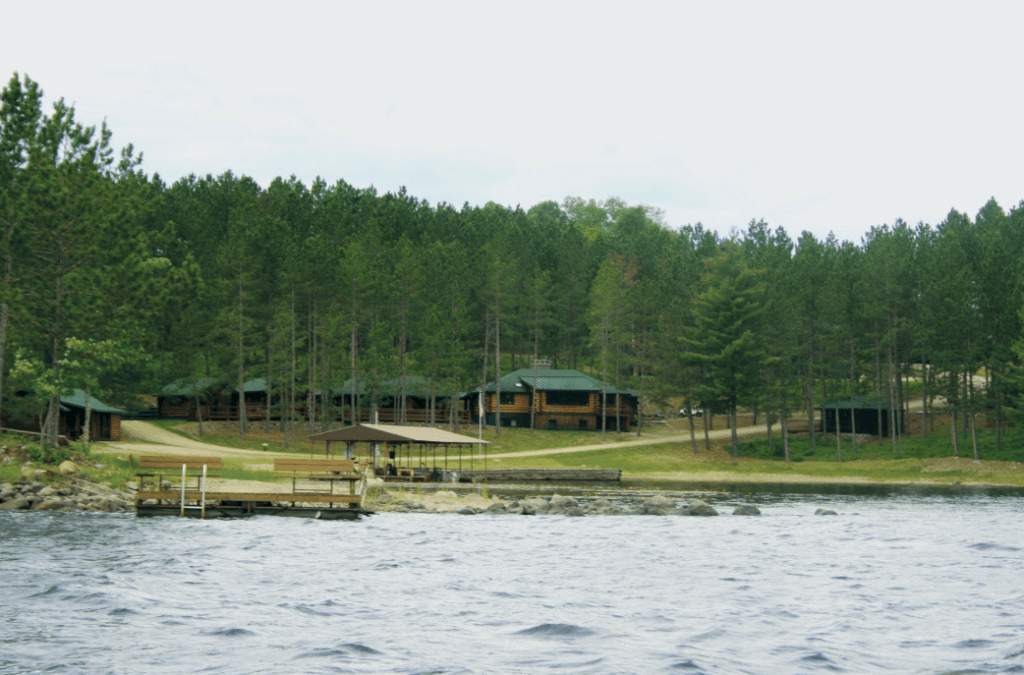
Facilities were made available to foresters, researchers, educators and students from all over the world. Hubachek hired Cliff Ahlgren, a then recent University of Minnesota grad and a partner on more than one wilderness trip to oversee the Center. In 1953 Ahlgren married Isabel Fulton a visiting botany instructor from Wellesley. They worked at “Hub’s Place” for over thirty years. Two long-term research efforts distinguish the early years of the Center – an effort to develop a white pine hybrid resistant to the pine blister rust that had devastated white pine populations and early studies that revealed the surprising benefits of fire to the ecology of the forest. The location “Hub’s Place”, in the heart of the wilderness region, made it a
particularly compelling site for research.
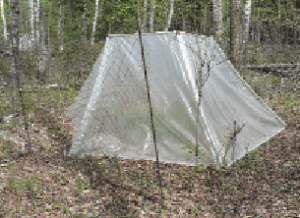
Beginning in the sixties, as part of the restoration of the boundary lakes wilderness, first Hubachek’s private lodge and cabins, and finally the entire research center was moved to a 360-acre parcel of land on Fall Lake abutting the BWCAW. Many of the buildings were pulled by trucks, in winter, down the 4-mile portage. The larger log structures were taken apart and reassembled log by log at the new site.
Frank Hubachek died in 1986. In 1992 Peter Reich, who had been awarded an endowed chair at the University of Minnesota, that a year earlier had been established in Frank Hubachek’s honor, spearheaded a new era of research at the Center. Reich and his colleagues continued the research Ahlgren began, especially the impact of fire, fire suppression and logging on forest ecology. In recent years, a focus of the research has been climate change and how warming of soil temperatures will impact the forest of the border lakes region.
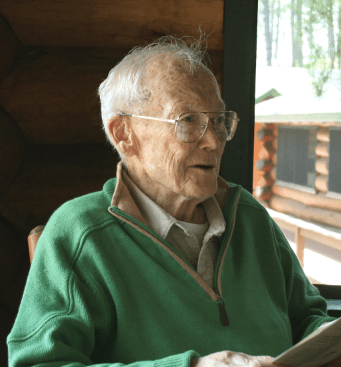


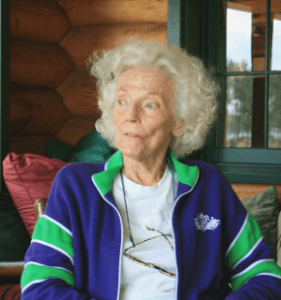
We should never forget that the protected space we now call the Quetico-Superior region came to pass because of the tenacious and collaborative efforts of a spectrum of individuals: rich, poor, local, out-of-state, Canadian, American and aboriginal. People that although coming from different places and perspectives shared a passion to protect and restore a special slice of planet Earth. As work at the Wilderness Research Center continues to address challenges and changes in the wilderness ecosystem, the legacy of Frank Hubachek transcends science and reminds us that natural history and human history can weave together into a tight braid. Wisdom from that type of powerful synergy will be crucial to the future of the Quetico-Superior wilderness.
This article appeared in Wilderness News Summer 2010

